Why We Celebrate Ganesh Chaturthi: Rituals, Stories, and Traditions
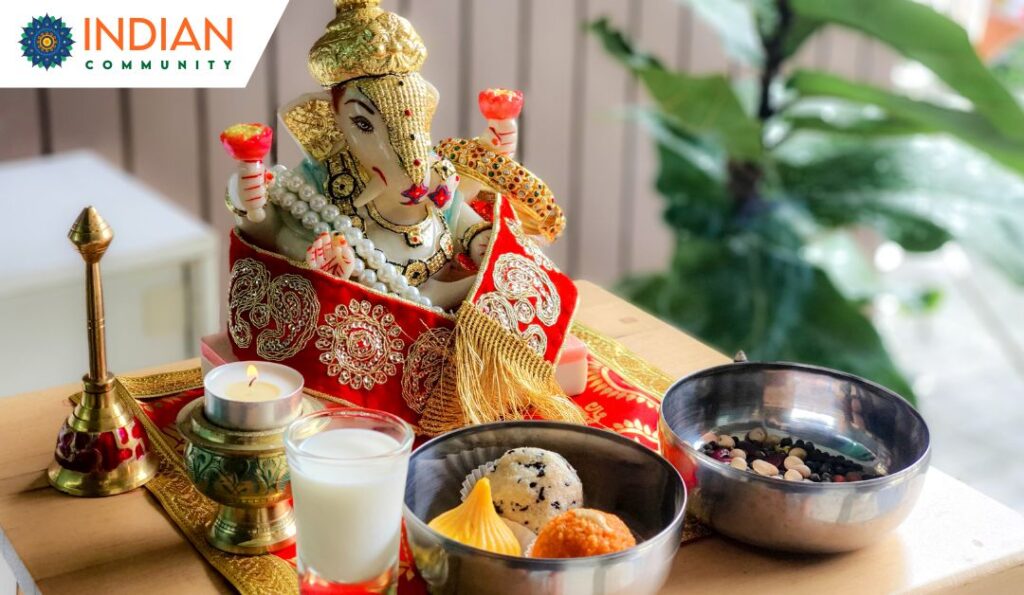
Ganesh Chaturthi, also known as Vinayaka Chaturthi, is a major Hindu festival celebrated to honor the birth of Lord Ganesha, the elephant-headed god of wisdom, prosperity, and good fortune. Lord Ganesha is widely revered as the remover of obstacles, the patron of arts and sciences, and the deva of intellect and wisdom. The festival typically lasts for 10 days, starting on the fourth day (Chaturthi) of the Hindu lunar month of Bhadrapada (August or September).
Historical and Mythological Significance
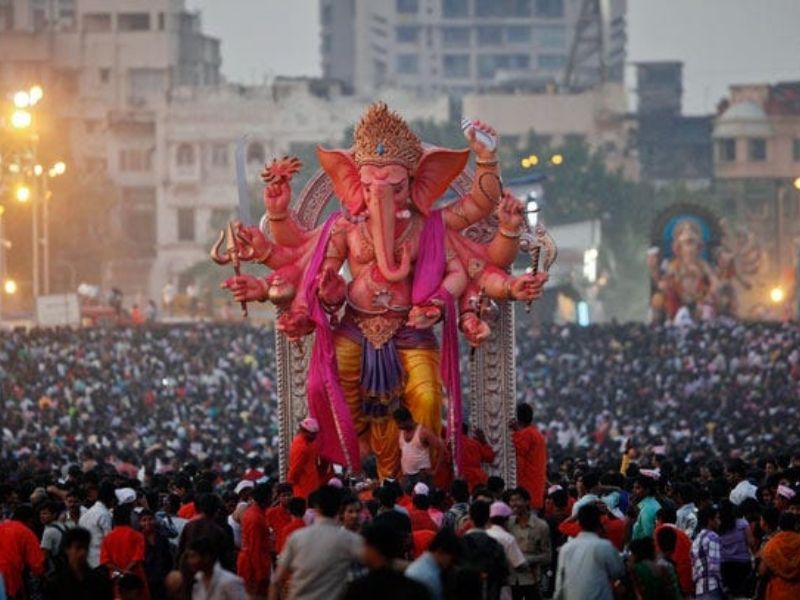
Ganesh Chaturthi’s origins can be traced back to ancient times, but it gained significant prominence during the Maratha Empire under the reign of Chhatrapati Shivaji Maharaj, who promoted the festival to foster national unity and bring people together. The festival was later revived in the late 19th century by freedom fighter Lokmanya Tilak, who saw it as a way to unite Indians against British rule.
The story behind Ganesha’s birth is widely known: Goddess Parvati created Ganesha from the sandalwood paste she used for her bath and breathed life into him. She assigned him the task of guarding her door while she bathed. When Lord Shiva, Parvati’s husband, returned and was stopped by Ganesha, an altercation ensued, resulting in Shiva severing Ganesha’s head in anger. To pacify Parvati’s grief, Shiva promised to bring Ganesha back to life and replaced his head with that of an elephant, granting him the status of foremost deity.
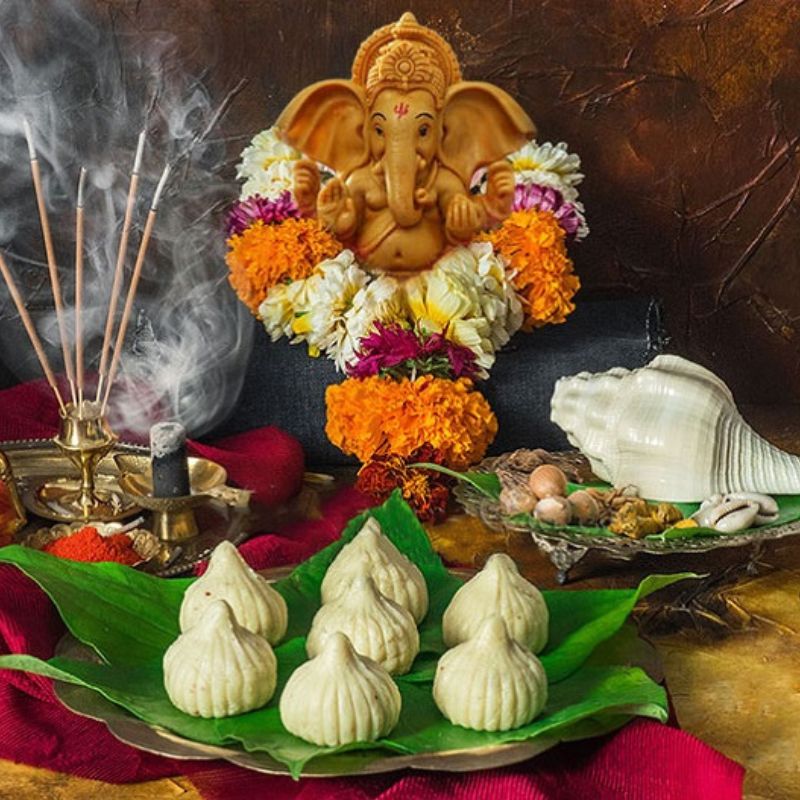
Ganpati Pooja and Aarti
Ganpati Pooja is a crucial part of the festival, involving the ritualistic installation (Sthapna) of Ganesha idols in homes or public pandals. The idols are decorated with flowers, lights, and offerings of sweets like modaks, which are believed to be Ganesha’s favorite. Devotees perform prayers, sing hymns, and conduct aarti (rituals of worship involving light). The aarti songs such as “Sukhkarta Dukhaharta,” “Jai Ganesh Deva,” and others are sung to invoke Ganesha’s blessings and celebrate his presence.
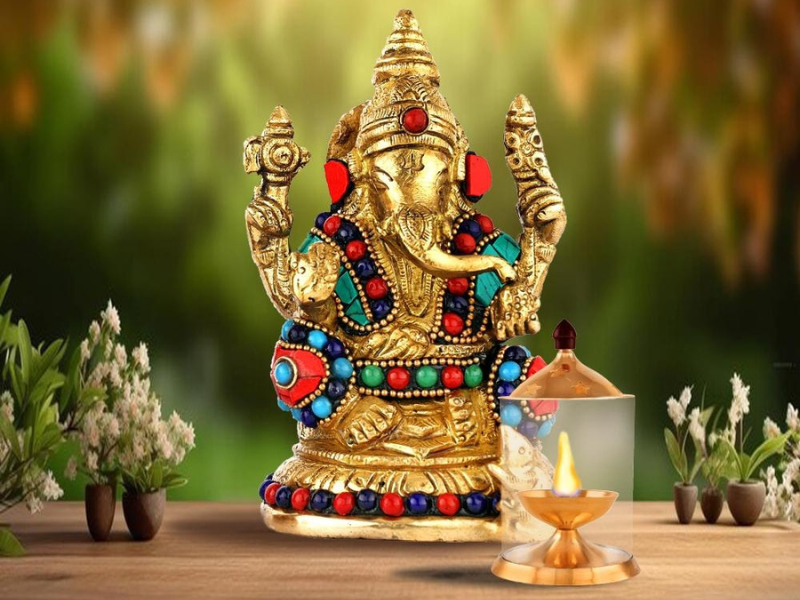
Sri Ganapathi Jyoti Meaning
The term “Sri Ganapathi Jyoti” refers to the divine light or aura associated with Lord Ganesha. It symbolizes wisdom, clarity, and guidance, helping devotees overcome darkness and ignorance in their lives. The jyoti is often represented in rituals through lamps or diyas, signifying the dispelling of obstacles and the illumination of the path ahead.
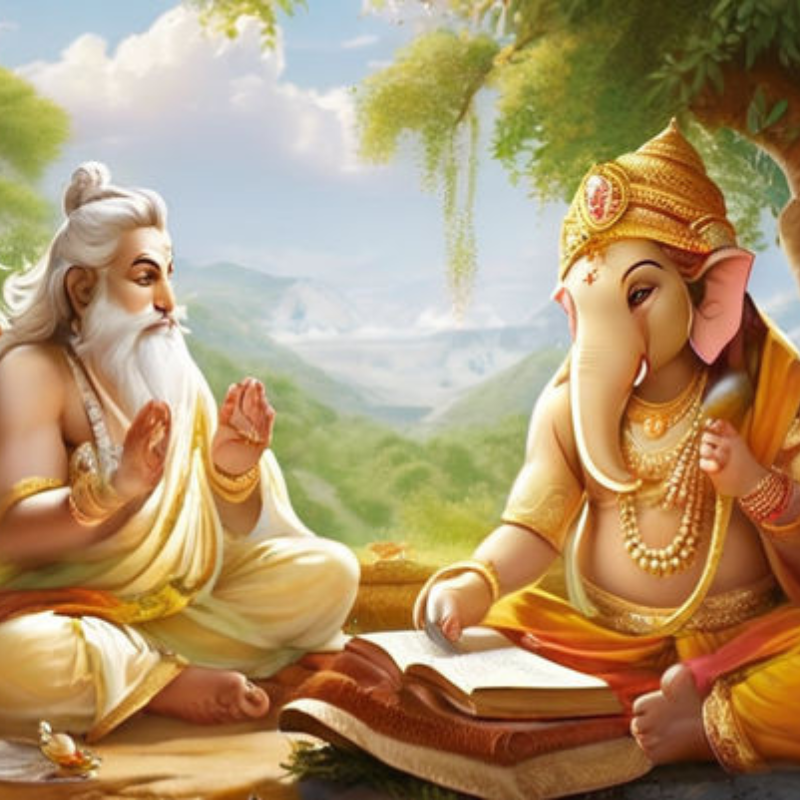
Lord Vinayaka Story
Vinayaka, another name for Ganesha, is celebrated for his intelligence, wit, and leadership qualities. Apart from his birth story, several other legends highlight his significance. One such story is about the writing of the Mahabharata, where Sage Vyasa chose Ganesha to transcribe the epic as he recited it. Ganesha agreed, but on the condition that Vyasa would not pause in his recitation. This story underscores Ganesha’s role as the patron of learning and literature.
Ganpati Decoration Ideas
Decorating the Ganpati idol and the area around it is an essential aspect of the celebration. Here are some popular decoration ideas:
- Eco-friendly Themes: Use biodegradable materials like clay, paper, and natural colors for decorations to promote environmental consciousness.
- Floral Arrangements: Decorate with fresh flowers like marigolds, roses, and lotuses to create a vibrant and fragrant setting.
- Lighting: Use a combination of diyas, fairy lights, and lanterns to create a warm, festive atmosphere.
- Thematic Decorations: Choose themes like peacock feathers, forests, or celestial motifs to make the setup unique.
- Traditional Elements: Incorporate traditional decorations like torans (decorative door hangings), rangoli (colorful floor designs), and garlands.
Ganpati Katha
The Ganpati Katha or stories related to Ganesha are an integral part of the celebrations. They include tales of his birth, his battles with demons, and his various acts of wisdom and kindness. These stories are recited or enacted during the festival to impart moral and spiritual lessons to the devotees.
Ganpati Visarjan Date and Rituals
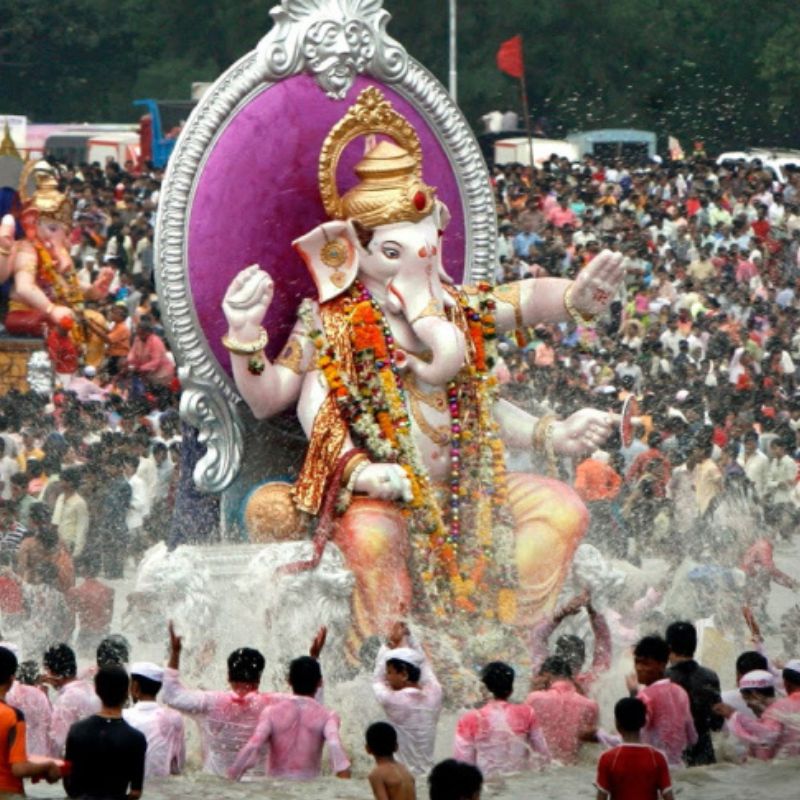
Ganpati Visarjan marks the culmination of the Ganesh Chaturthi festival. The Visarjan, or immersion of the idol in water, symbolizes the cycle of birth and death. It typically takes place on the 10th day of the festival, known as Anant Chaturdashi. The immersion process involves carrying the idol through the streets in a procession with singing, dancing, and the chanting of “Ganpati Bappa Morya, Pudhachya Varshi Laukar Ya” (Hail Lord Ganesha, come again next year soon). The immersion ritual signifies Ganesha’s return to his heavenly abode, taking away the misfortunes of his devotees.
FAQs Regarding Ganesh Sthapna
When should Ganesh Sthapna be done?
- Ganesh Sthapna is usually performed during an auspicious time on the first day of Ganesh Chaturthi, as determined by the local priest or a family astrologer.
How long should the idol be kept at home?
- The idol can be kept for 1, 3, 5, 7, or 10 days, depending on the family’s tradition and convenience.
Can the idol be immersed in a bucket or tank at home?
- Yes, many people now prefer eco-friendly immersions at home in buckets or tanks, especially if using clay idols, to avoid water pollution.
What should be offered to Lord Ganesha?
- Offerings typically include modaks, fruits, sweets, coconut, flowers, and durva grass, which are considered sacred to Ganesha.
What is the significance of the visarjan?
- Visarjan signifies the cyclical nature of life, the departure of the deity taking away all obstacles, and the promise of returning next year.
Ganesh Chaturthi is not just a festival; it is a celebration of faith, unity, and devotion. It teaches us the values of humility, the importance of removing obstacles, and the joy of coming together as a community. As we celebrate this festival, let’s embrace the spirit of Ganesha by promoting harmony, protecting the environment, and fostering a sense of togetherness.


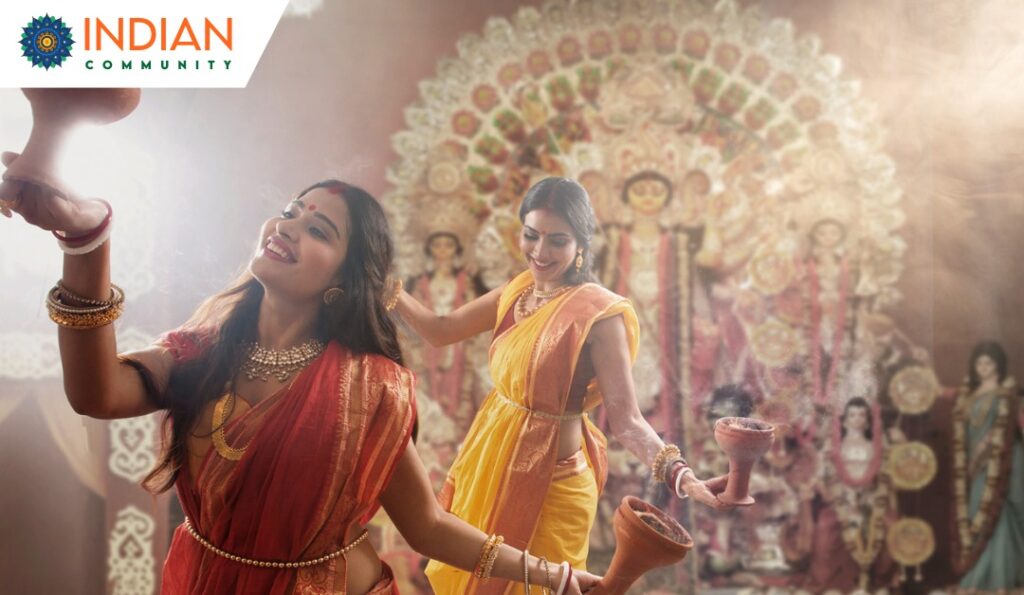

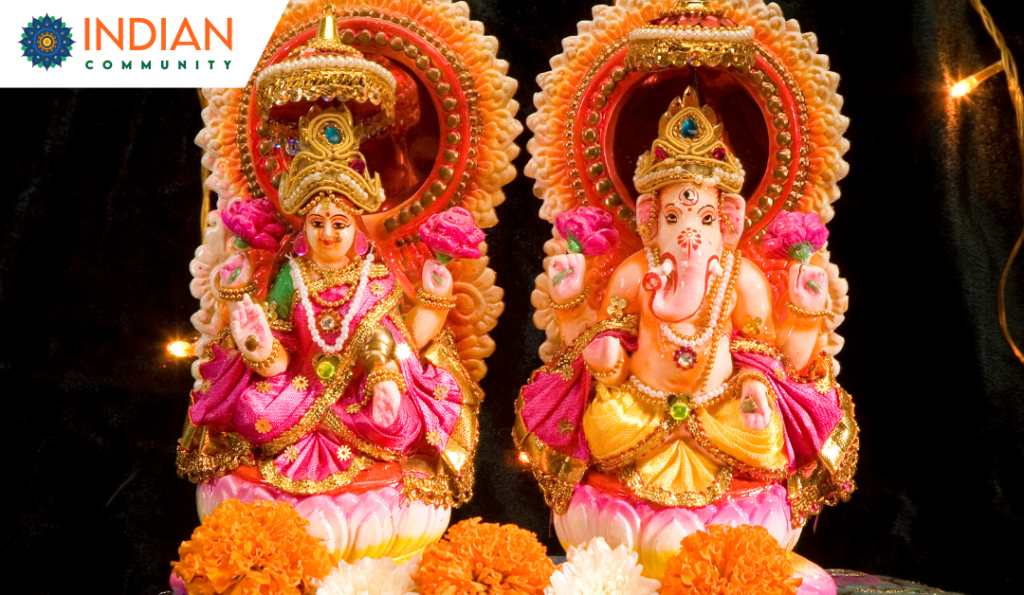
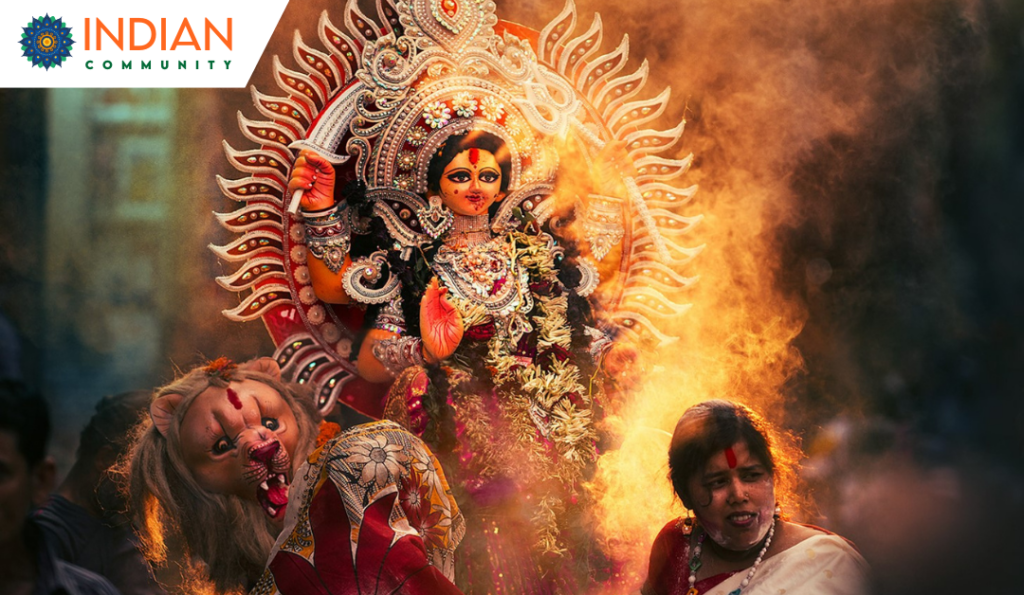
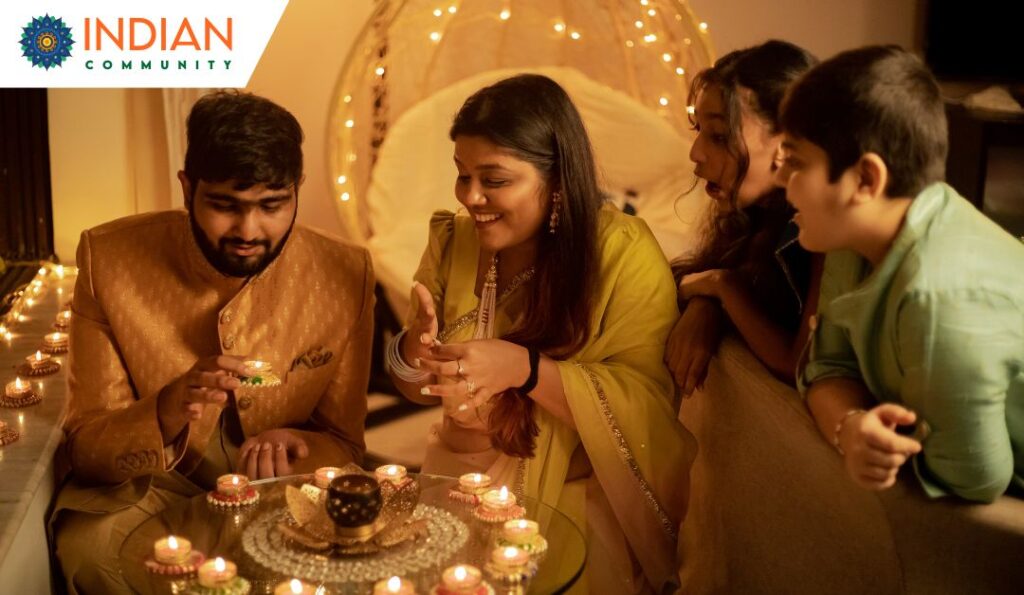
Responses